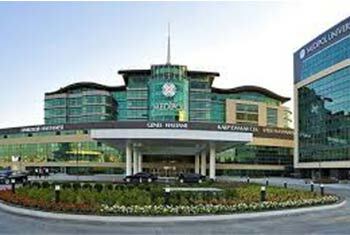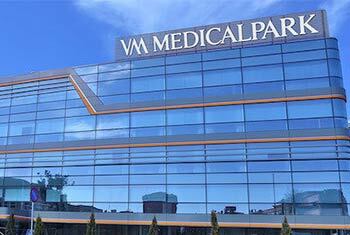Types of Spine Surgery in Turkey
Following are the types of spine surgery conducted in Turkey:
Spine Fusion: A surgical procedure that permanently joins two or more vertebrae with healthy bone is known as spine fusion. Spinal curve deformity, spinal stenosis, spinal disc herniation, degenerative disc disease, and excruciating back pain are all treated with spine fusion surgery.
Laminectomy: A laminectomy is a type of decompression surgery in which space is created by removing a portion of the spinal column. The primary goal of this procedure is to make room in the spinal canal so that the spinal cord and nerves are not compressed.
Discectomy: Also known as a percutaneous discectomy, microdiscectomy, herniated disc surgery, and decompression surgery. These kinds of spine surgeries involve removing a damaged or abnormal disc that is compressing the nerves. Discectomy surgery is used to treat herniated or ruptured discs, relieve pressure on the nerve or spinal cord, and treat leg weakness and numbness.
Vertebroplasty: Using a specialized needle, a surgeon inserts medical cement into the vertebrae. The cement strengthens the bones. Osteoporosis-related vertebral fractures are frequently treated with this procedure.
Kyphoplasty: Though it requires an additional step, a kyphoplasty is very similar to a vertebroplasty. To make a larger cavity where they can inject the cement, a surgeon blows up a balloon inside the bone.
- Both vertebroplasty and kyphoplasty involve injecting bone cement into a fractured vertebra to treat conditions such as cancerous tumors, osteoporosis, fractures, and vertebral compression.
Foraminotomy: Several nerve roots leave the spinal cord and go to various body parts. When something presses against these nerves, it can cause pins and needles. A foraminotomy helps to relieve pressure by enlarging the passageway that the injured nerve uses.
Replacement of nucleus: Similar to a diskectomy, this procedure involves taking tissue out of one of the spinal disks. Using a specialized laser, surgeons heat the tissue until it dissolves.
Artificial disk replacement: This is regarded as an alternative to spinal fusion in the management of patients with significant disk damage. The disk is removed during the procedure and replaced with a synthetic disk that aids in re-establishing the height and movement between the vertebrae.
Spinal surgeries can help treat:
- Herniated disk (slipped disk)
- Ruptured disk
- Spinal stenosis
- Spondylolisthesis
- Osteoporosis
- Degenerative disk disease
- Scoliosis
- Spondylitis
- Spinal tumours







